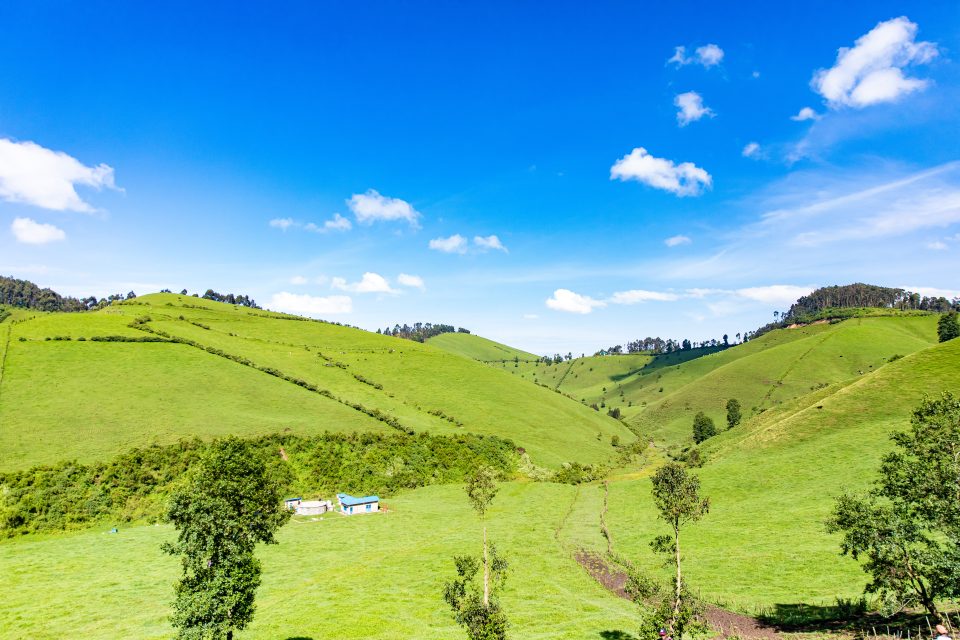After a 3 hours ride from Kigali, and some minutes from the main road to the green farms of Bigogwe, then you know there’s no going back before experiencing the Bigogwe rich culture and nature.
The beautiful Bigogwe is located in Nyabihu and Rubavu districts, and serves as the gate to Gishwati farms, a home to beautiful cows and nature.
“Ibere rya Bigogwe Tourism Company Ltd”, found by Ngabo Karegeya a cowboy from Bigogwe took us on a camping trip to the home of beautiful people and cows.
It’s already 6:30 in the evening and despite the masai shuka provided by Ibere rya Bigogwe Tourism company, and sweaters everyone among more than 20 people in the trip brought, we are already feeling the terrible cold, but we are going to walk in the green farms for 15 minutes or so to get to Ngabo’s campsite.
Food (traditional dishes) came a few moments later after getting to the campsite, and warm water came with it to wash our hands, because I would have rather eaten with dirty hands than washing them with cold water.
Along with the delicious traditional food, comes an unlimited supply of hot milk for it’s lovers, and it’s so hard for people like me and a few friends to stop yourself until you are really full, and by the time tents were being set.
The rich Bagogwe tradition is also something we enjoyed, the traditional songs like Umudamazera, Agasaza and Uraho Runyenyeri, among others. The song “Lidiya” of Bagogwe was also the most danced to.
Ikinyemera dances, and different things like gusaakuuza around the campfire helped us pass time and enjoy the night before some people started leaving to get some sleep in the tents.
Tents are very cold due to the cold weather, and some people can’t bear staying in the tents for a long time despite sleeping bags provided.
Myself included, I tried to get some sleep in the tent, and couldn’t get to, after 30 minutes I went back on the campfire till morning.

While others were asleep or at least trying to, we continued singing and dancing until we couldn’t anymore, and our hosts, Ngabo and his fellow cowboys started telling us about Bigogwe history.
Fast forward to the morning, almost everyone was awake by 7am and we were getting ready to start activities of the day like milking cows, playing games and hiking.
“Nta musonga w’imbyiro” (No pneumonia comes from dirt) would be a common saying among mainly visitors, who are finding a reason to not take shower due to a terribly cold weather.
Only a few ladies took a shower, and no single man did. we were all looking forward to a good shower when we got home from camping.
While we had carried other clothes, roll-on, tooth-brush and other toiletries, some of us didn’t get the chance to use them! Even the thought of taking off a T-shirt for another was scary. The campfire was on until 11:00 am
Breakfast was served, and I had my favorite mandazi, and we were to kick start our day energized.
We tested Bigogwe milk, played games like long jumping (gusimbuka urukiramende), learnt how to milk cows, and met beautiful people all through.
The cowboys created a variety of customs and pastimes. The most popular games include Igisoro, a traditional game played with dried seeds on a wooden board, Kunyobanwa, or stick combat, and URUKIRAMENDE, or high leap.
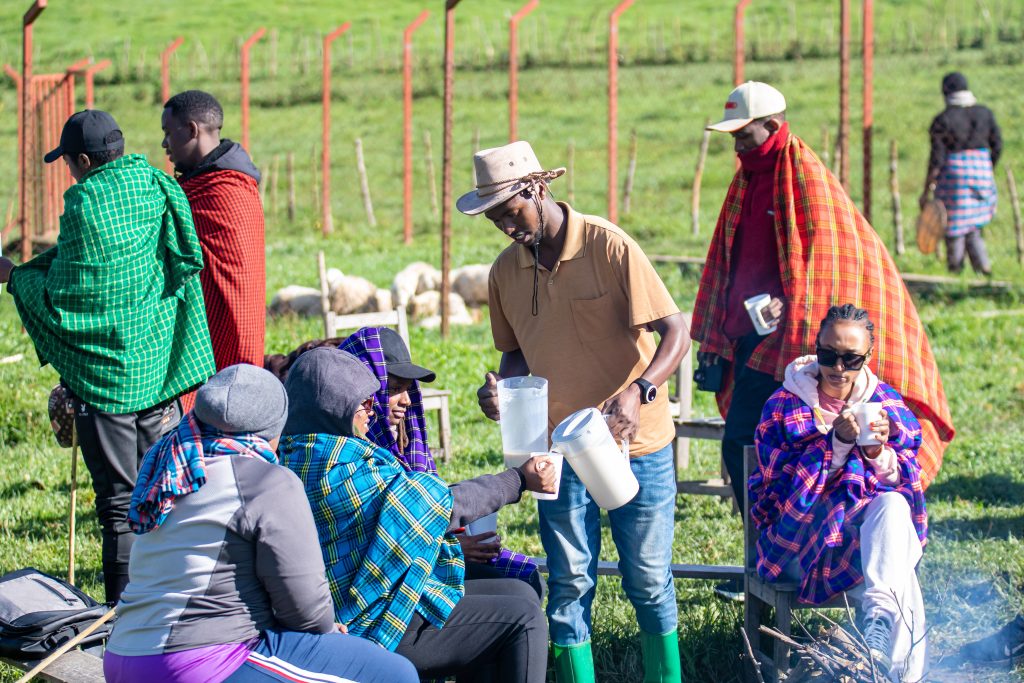
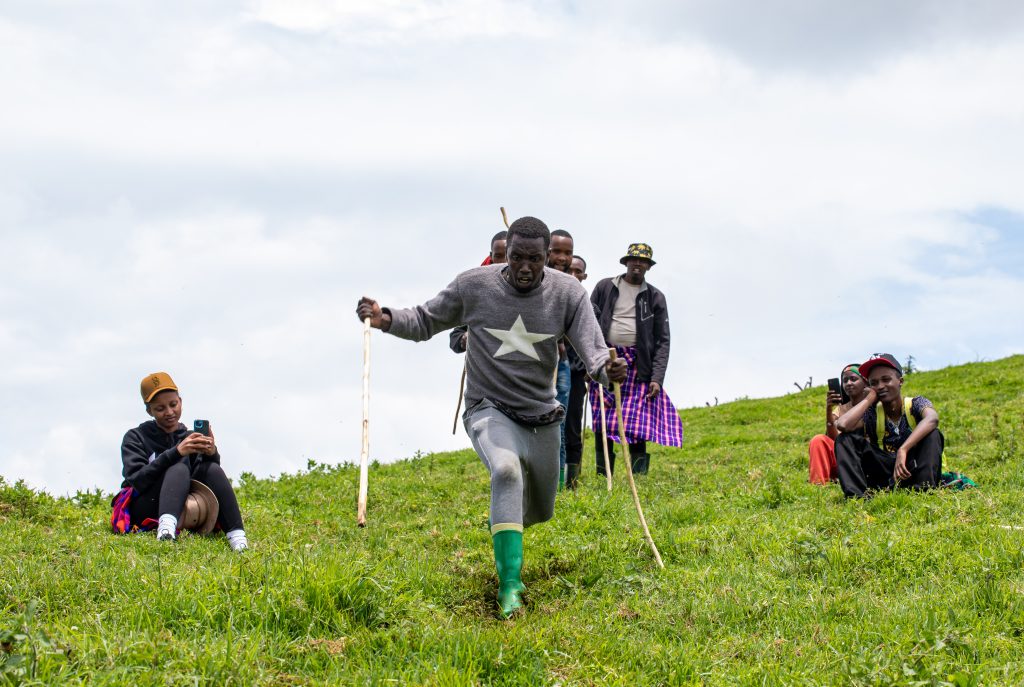
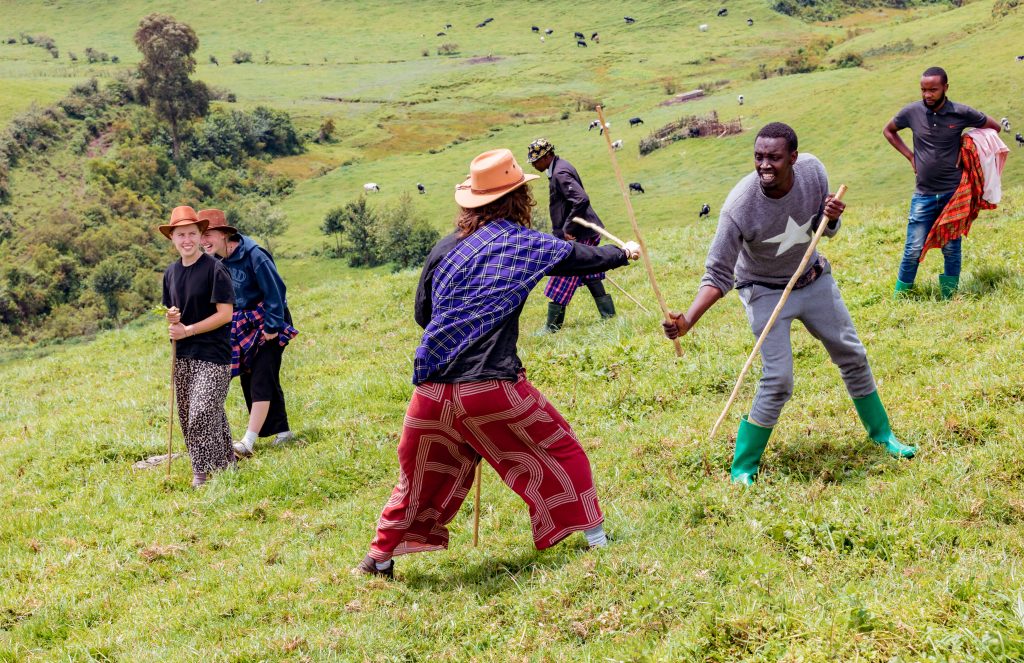
What to take while visiting Bigogwe
While it might be very beautiful, Bigogwe is made up of hills and it’s always cold even when it’s sunny.
When visiting, one should bring hiking shoes, comfortable clothes, sweater & wind/rainproof jacket, a small blanket if you can, bottled drinking water, toiletries, a power bank, and a torch in case you can’t use your phone’s.
And for fans of alcoholic drinks, you better bring your own bottle to help you push in the night.
While Bigogwe has always been beautiful and with a welcoming culture, it wasn’t until recently that it would be a touristic place. It is one of the places where the 1994 Genocide against Tutsi was experimented in the early nineties, and most of its Tutsi residents were killed during the Genocide.
Despite the killers’ efforts to wipe out the Bagogwe and their cows, their grazing land became even bigger and even more beautiful. Their land stands tall to become one of the country’s cultural touristic destinations, and they are eager to share and teach Bagogwe history and culture to anyone willing to visit.
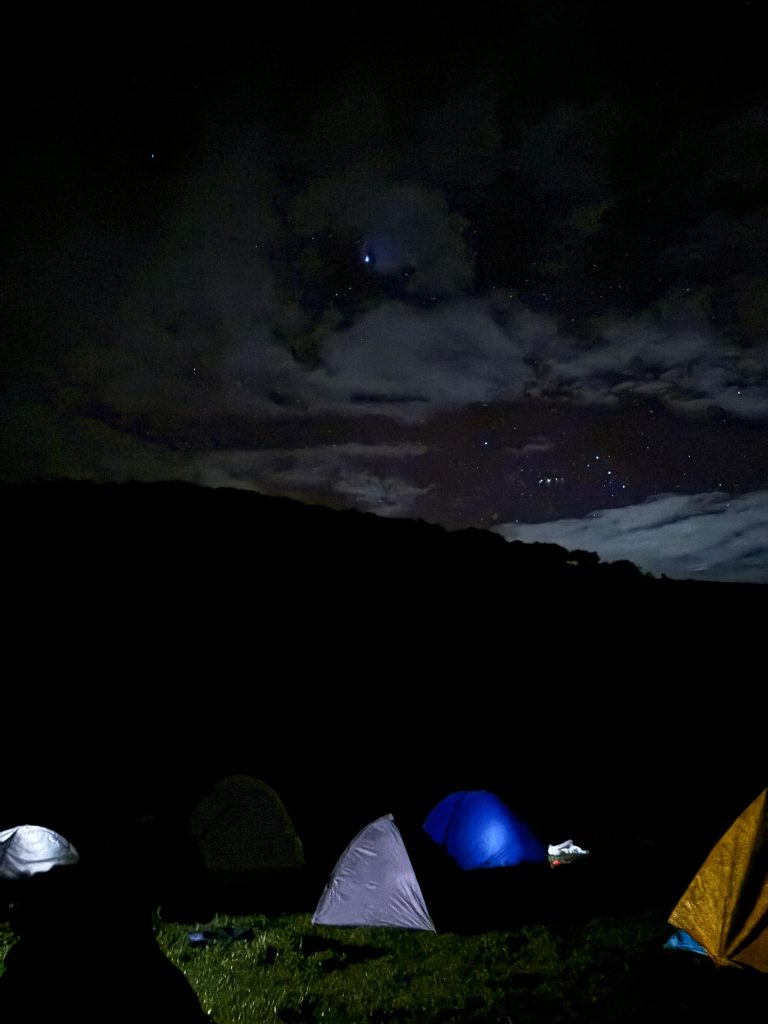
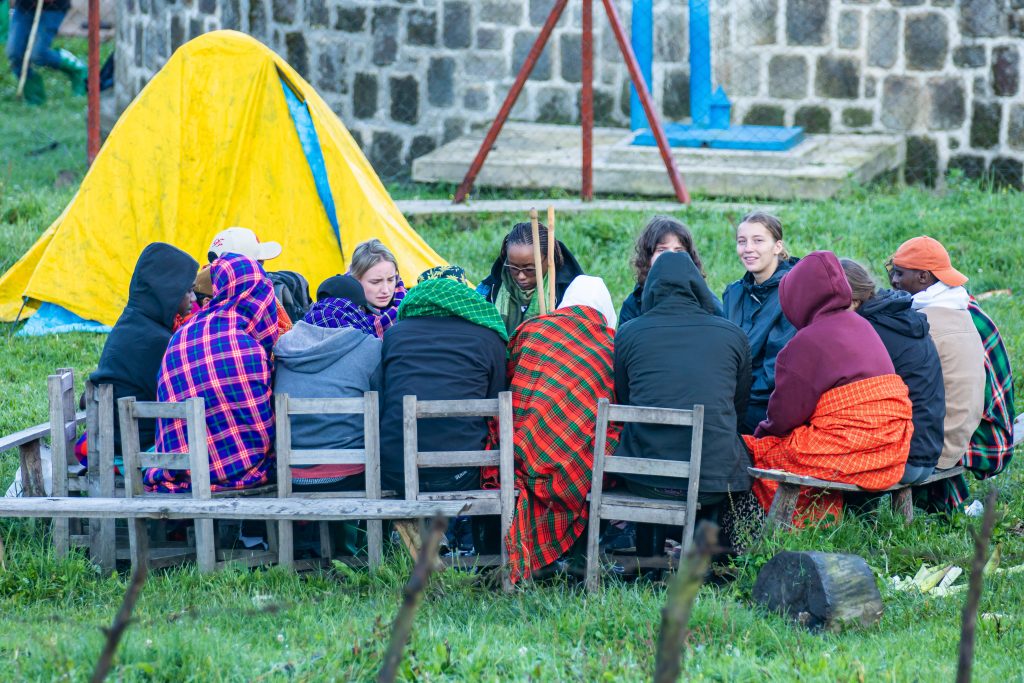
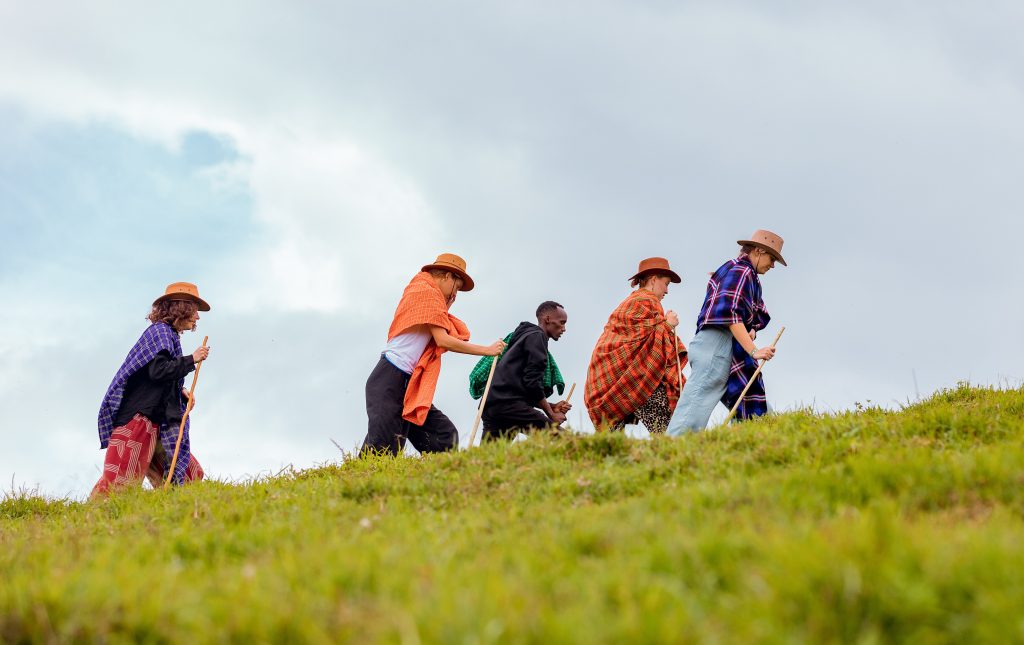
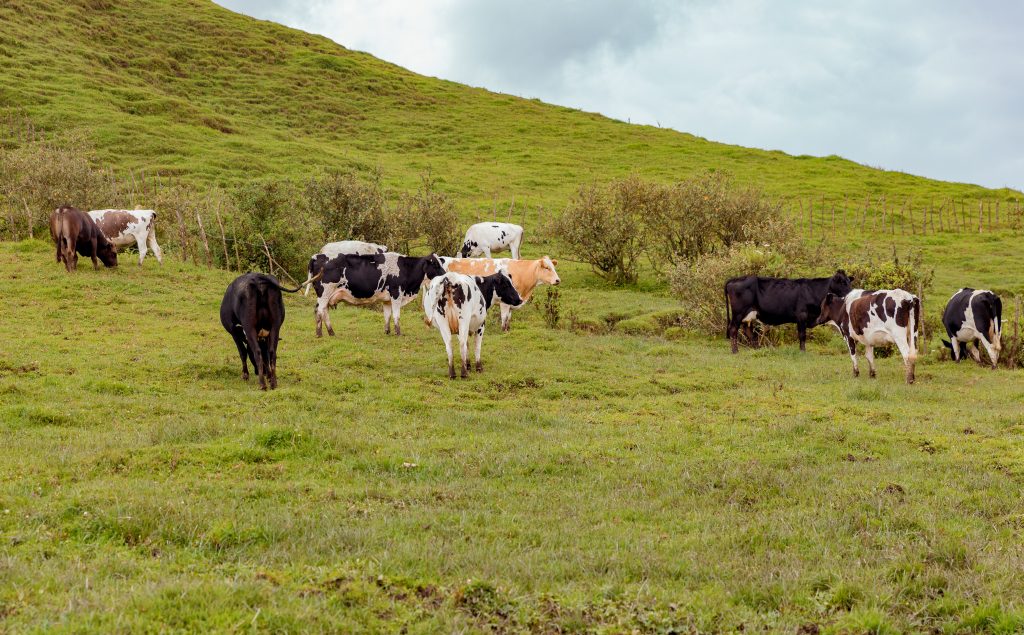
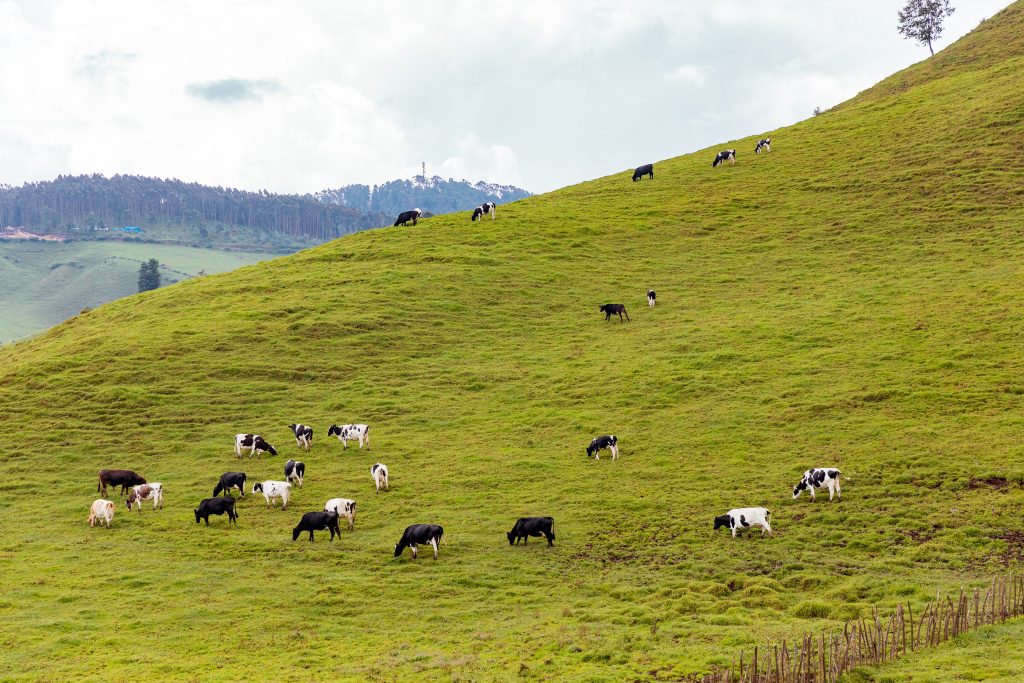
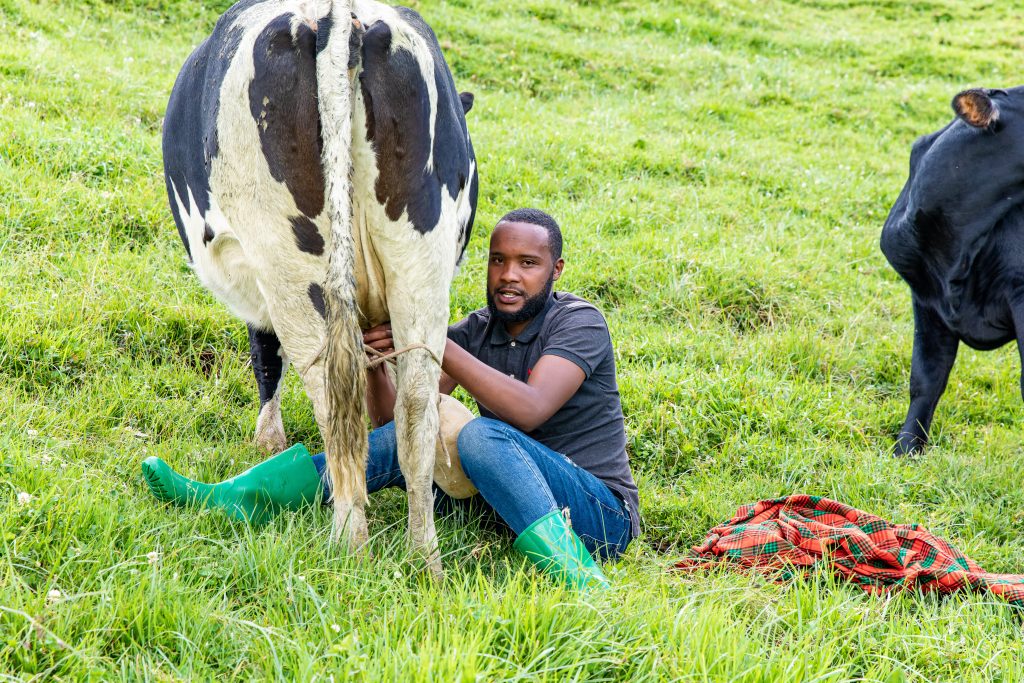
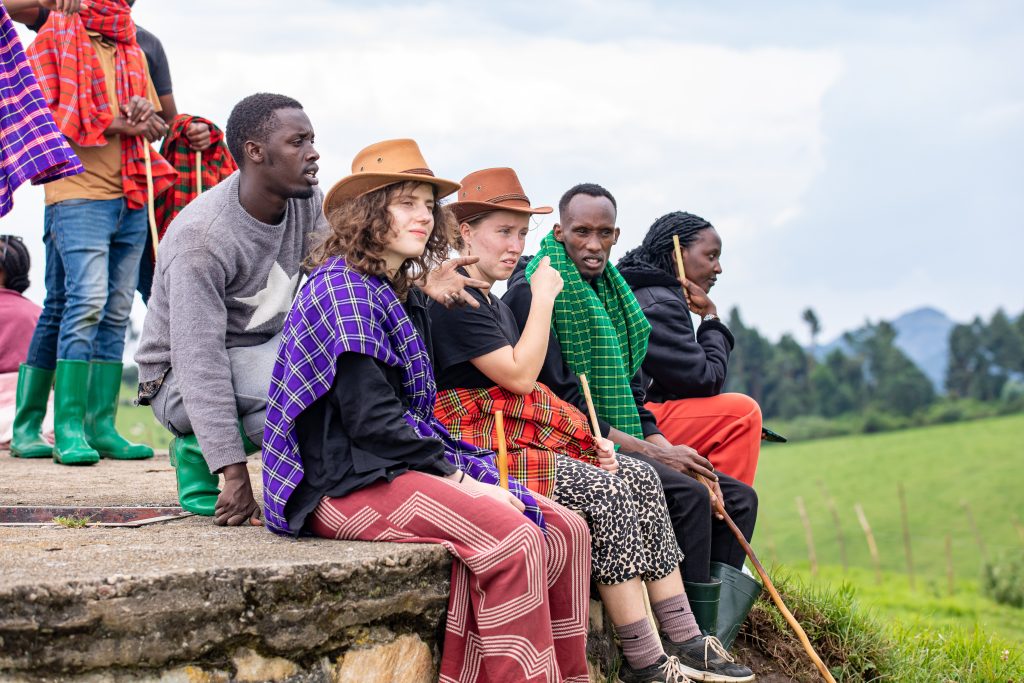
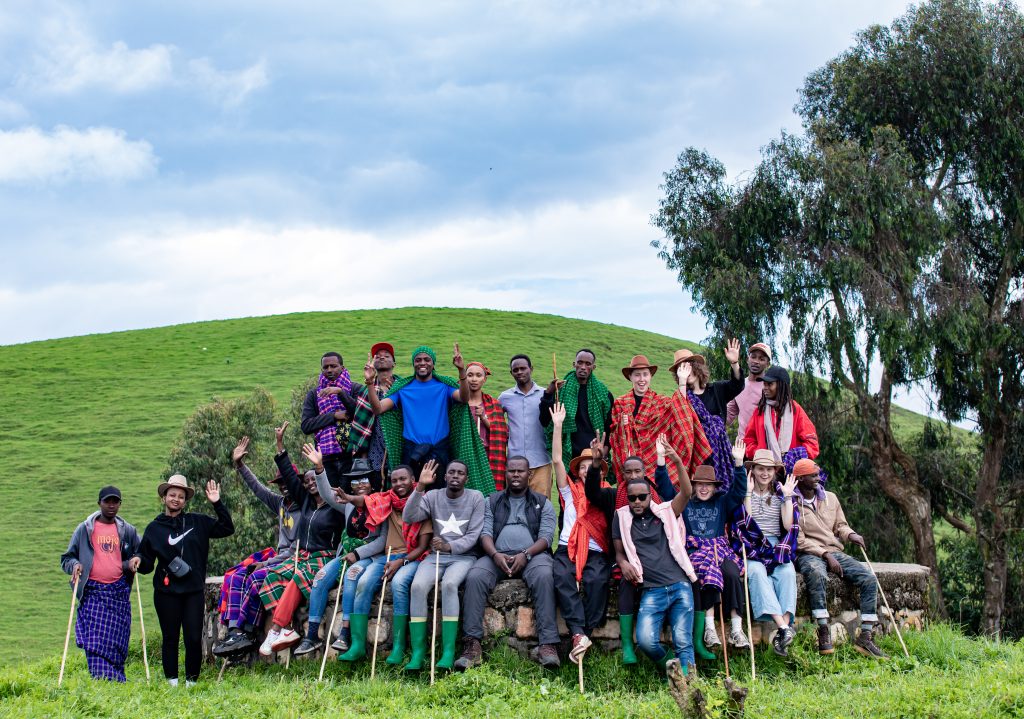
PHOTOS: The New Times Flickr, by Dan Gatsinzi


